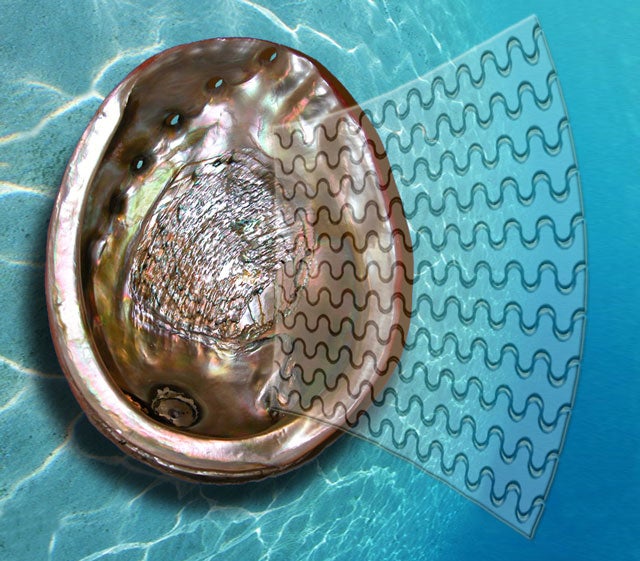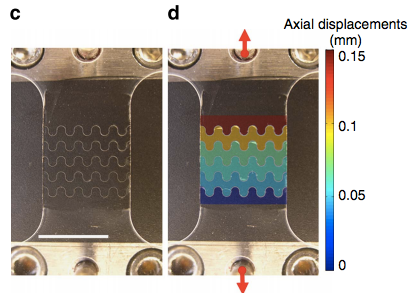
To anyone who has ever dropped a wine glass or broken a window, you might have a thing or two to learn from mollusks. A new technique inspired by natural materials such as mollusk shells or tooth enamel can make glass 200 times stronger. Weirdly enough, it works by weakening the glass with microscopic cracks.
The key is weakening the glass in strategic ways. You can think of a mollusk shell as made of up many tiny, interlocking bricks of mineral, which allows the shell to deform slightly under pressure. While this makes the shell less rigid, it also makes it less likely to just snap.
Now, ordinary glass is one continuous pane, but scientists in this study etched it with a 3D laser to create tiny microscopic cracks. Those cracks were also made in a pattern of wavy lines. Just like how a sheet of stamps tears along the perforated lines, a crack in the glass will follow those squiggles. The circuitous path of the squiggles dissipates energy, so cracks don't fan out like they would in ordinary glass. In a final step, the scientists filled the microscopic cracks with polyurethane as a cushion. The glass they ultimately ended up with was 200 times stronger than the original.

The etched lines are still visible in this glass, and it may be possible, using more advanced lasers, to create smaller cracks. But it is intriguing to imagine how squiggly lines and interlocking patterns can be incorporated into the aesthetic design. What say you, for example, to an MC Escher tessellation -inspired shatterproof wine glass? [Nature Communications via Science News ]
No comments:
Post a Comment